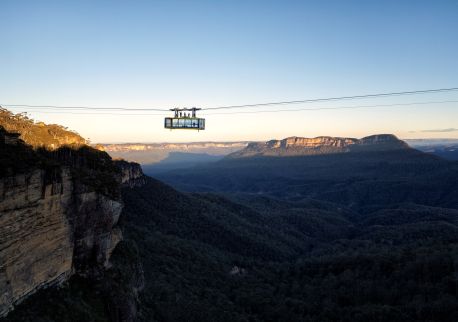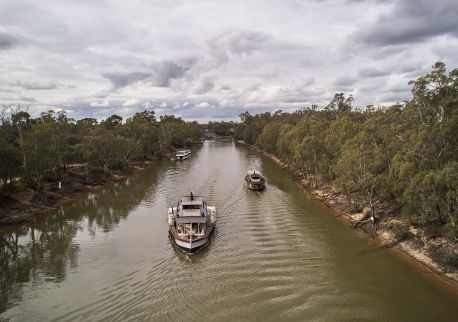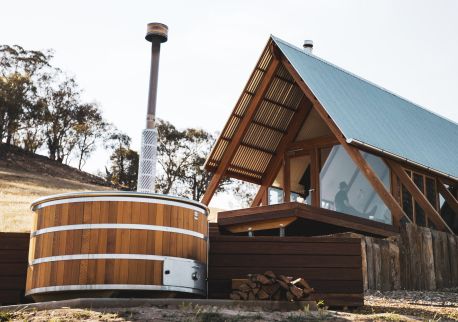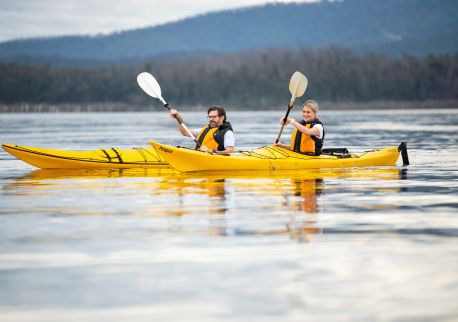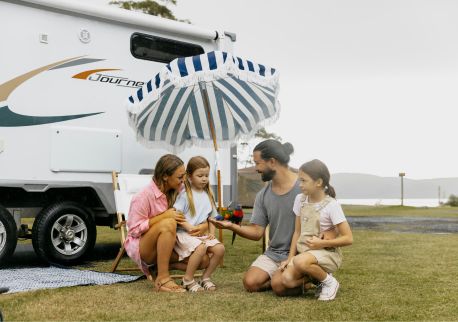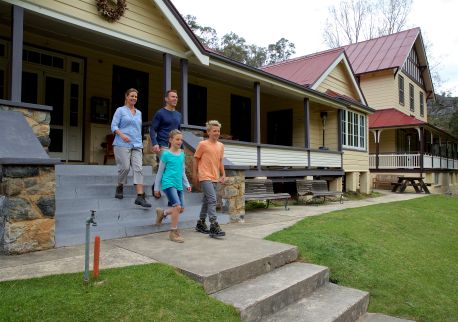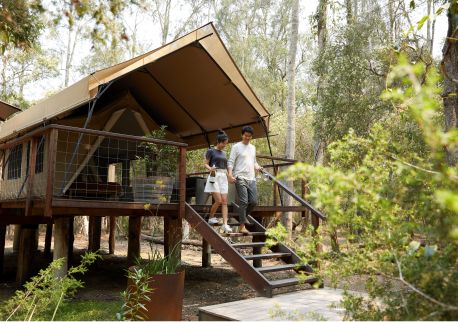Mogo Wildlife Park
Highlights
Overview
Mogo Wildlife Park is situated 10 kilometres south of Batemans Bay. It was established in 1989 and has attained an international reputation as one of the most successful private zoos in Australia with the most diverse collection of exotic wildlife.
This extraordinary collection includes gorillas, rhinoceros, silvery gibbons, Bolivian squirrel monkeys, giraffe, zebra, meerkats, cheetah, cotton-top tamarins, snow leopards, Sumatran tigers, Nepalese red pandas, ring-tailed lemurs, oriental small-clawed otters, siamangs and white lions. They have a wide range of memorable up close and personal experiences available.
Delivering world standard facilities for over 250 animals, of which more than 44 are rare or exotic species, Mogo Wildlife Park's commitment to the conservation of endangered species is balanced with fulfilling today's visitor expectations zoological gardens. The bushland has been developed into a botanical haven for wildlife and visitors, creating an atmosphere of unity with the natural surrounds and animal enclosures.

